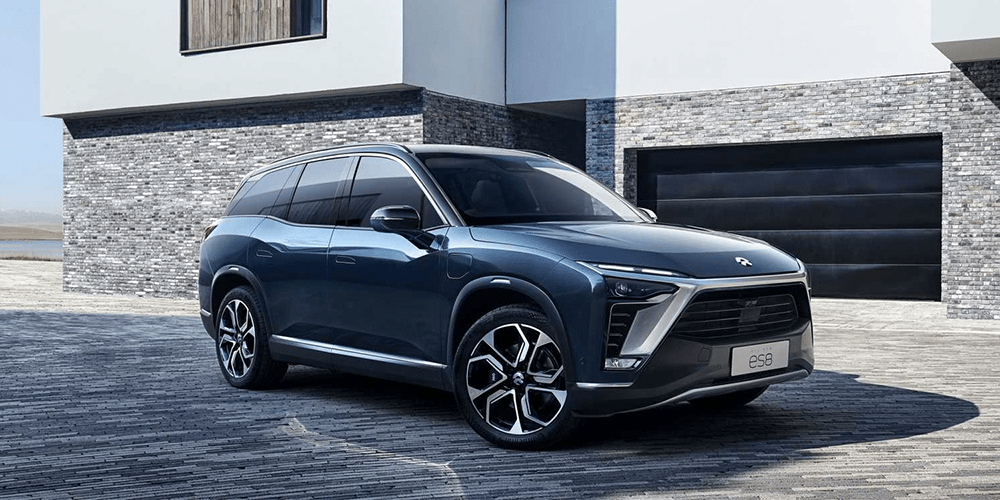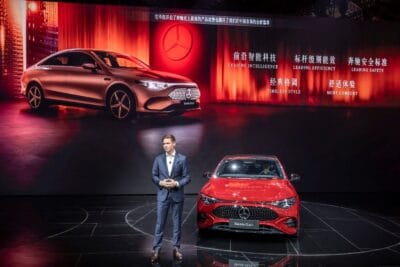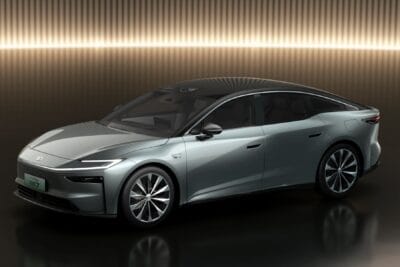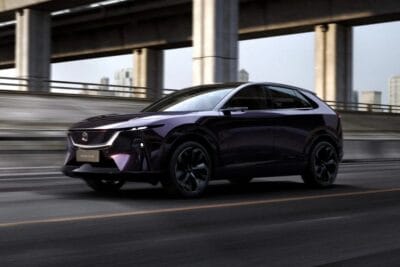China lowers private EV subsidies by 20%
Lower subsidy rates for electric cars and plug-in hybrids will apply in China from the new year. At 20 per cent, the reduction compared with 2020 is twice as high for private individuals as announced in the spring. Originally, the subsidies were to be phased out entirely at the end of 2020.
After years of heavy subsidies and rising sales, the Chinese government originally sought to completely eliminate government subsidies and tax breaks for new energy vehicles (BEVs, PHEVs and FCEVs) at the turn of the year just past but decided to extend them by two years to the end of 2022 in April 2020 in the face of a declining market and under the fresh impression of the Corona pandemic. At the time, it was said that the conditions for the purchase premium would change. Among other things, there was talk of the subsidies being reduced by ten per cent from year to year.
The details for 2021 have now been published, and reveal that the ten per cent reduction only applies to vehicles in commercial or public use. Private individuals will have to reckon with reductions of 20 per cent. Fully electric vehicles with a range of 300 to 400 kilometres will only be subsidised by the Chinese government with 13,000 yuan (around 1,640 euros) in 2021, compared with 16,200 yuan (around 2,042 euros) in 2020. Those who privately purchase plug-in hybrids will receive 6,800 yuan instead of 8,500 yuan (around 857 instead of 1,071 euros) this year. The ten per cent reduction applies to commercially used passenger cars, public transport buses, cabs, logistics and postal vehicles, airport shuttle buses and government cars, garbage trucks and ridesharing vehicles.
The technical specifications required by the government in return for the subsidy remain unchanged. Electric cars must have a minimum range of 300 kilometres and plug-in hybrids an electric range of 50 kilometres or more. There are also specifications for the battery and energy efficiency. Not explicitly mentioned in the media reports is the price cap of 300,000 yuan (around 37,813 euros), which has been in force since mid-2020. However, if the requirements really remain unchanged, as the reports say, this is likely to include the price limit.
Beijing has already been curtailing the originally high subsidy rates for some time. China’s lavish subsidy program had famously led to widespread misuse of the subsidies, among other things. In 2016, a total of 25 automakers were suspected of committing fraud with subsidies for electric cars. Since then, China’s Ministry of Industry greatly reduced the list of eligible models several times, for example, in May 2018 and September 2018. The most drastic cut in subsidies came in early to mid-2019 when the central government changed subsidy rules for startups, halved subsidies and radically curtailed local subsidies. After this, as mentioned above, new NEV registrations fell sharply. Only a strong first half of 2019 had prevented the NEV market from posting larger losses for the year as a whole, which ended up being four per cent. This prompted the Chinese government to plan changes to subsidy guidelines and extended subsidies until 2022.
The first half of 2020 was compounded by the Corona crisis, with temporary plant and dealer closures. In the first three months, NEV registrations fell 56.4 per cent year-on-year to 114,000 vehicles, according to figures from the China Association of Automobile Manufacturers. However, the industry recovered from the second quarter of 2020. In the first eleven months of last year, 1.1 million NEV vehicles were still sold in China, an increase of 3.9 per cent compared to the same period in 2019. November in particular boasted high sales figures.
With additional reporting by Carrie Hampel





0 Comments